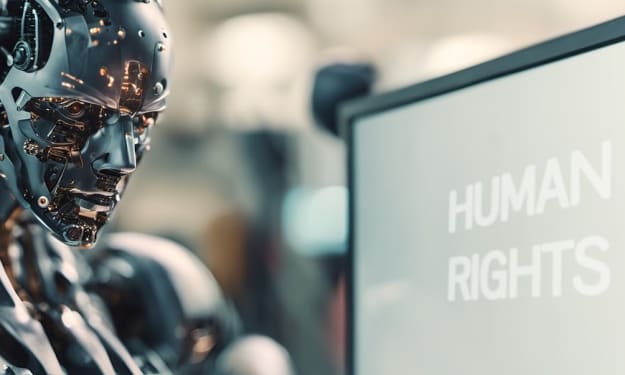Why your phone battery gets worse over time
Battery Gets Down

A drop of fuel, a match, and a battery, all store energy — in any case, after each exhausts its energy, just the battery is recyclable. That is on the grounds that, synthetically talking, a drained battery is really not that not quite the same as a new one. The greater part of the batteries we use today exploit the way that a few metals like to deliver electrons and others like to acknowledge them. For instance, in a regular soluble twofold A battery, zinc metal responds with hydroxide particles, changing into zinc oxide and delivering electrons at the adverse terminal. The electrons travel through, say, a light, and afterward return to the battery at the positive terminal, where they're acknowledged by manganese dioxide. Various batteries utilize various mixes of metals, and in some cases non-metals like graphite, yet the fundamental thought is to utilize a couple of synthetic responses to create a flood of electrons. Practically all batteries, even single-use batteries, are hypothetically battery-powered. That is on the grounds that the metals and different synthetics are still not too far off. That is altogether different than in, say, gas, where the fluid hydrocarbon particles are switched over completely to gases. You can't change over fumes once again into fuel, however with some work you can change over, say, zinc oxide back to zinc. So then what's the contrast among these and these? The short response is that attempting to re-energize a solitary use battery doesn't simply drive these responses to run backward. It likewise brings about a lot of side responses that produce pointless pollutants, diminishing a battery's ability; and it might really harm the inside design of the battery, prompting a deficiency of electrical contact and disappointment. Battery-powered batteries are designed to stay away from these issues. Check out at this lithium-particle battery. The two sides have a nuclear level design that you can envision as bunches of docks. So when the battery is controlling something, the lithium "ships" surrender their electrons to drive the circuit, and afterward sail over to the opposite side of the battery, moor in a systematic, coordinated way, and get together with their now-lower-energy electrons. At the point when the battery is being charged, the inverse occurs. Throughout hundreds, some of the time thousands, of charge cycles, a portion of the lithium particle delivers kind of go astray and participate in side responses, creating stuff that builds the interior obstruction of the battery, which thus causes it to lose proficiency and power until it definitely kicks the bucket. In any event, when that occurs, you can resurrect drained batteries — regardless of whether they're battery-powered — by reusing them. The core of most battery reusing is an interaction called refining, which is essentially softening the metallic parts. This drives off pollutions, getting metals once again to their underlying, methodical state. Sadly, in numerous nations you can't simply throw family batteries in with your ordinary reusing. You need to take them to a battery assortment point or reusing focus. Same goes for additional muddled battery-powered batteries: you really want to carry them to an assortment point or send them back to the organization you got them from. It's an aggravation, yet totally worth the time and exertion, since reusing batteries is basic. In addition to the fact that it keeps possibly harmful battery metals from spilling into the climate, it saves scant — and crucial — assets. Earth has around 22 million tons of lithium — enough for around 2.5 billion EVs. That sounds like bounty, yet it's just 25% higher than the quantity of EVs specialists accept it'll take to arrive at net zero outflows by 2050, and that doesn't actually represent PCs, telephones, and whatever else that utilizes a lithium-particle battery. As of now, however, most lithium-particle batteries are not fabricated considering reusing. The plans are multifaceted and non-standard, and the parts are kept intact by practically indestructible pastes. So today, under 5% of lithium-particle batteries are reused. Guidelines that obviously characterize who is liable for a spent battery and what ought to befall it can help reusing decisively. For instance, lead-corrosive batteries are by and large dependent upon tough guidelines and are reused at a lot higher rates than lithium-particle batteries. Over the course of the following hundred years, we'll have to reuse colossal quantities of EV batteries, so researchers are chipping away at making the battery reusing process less expensive and all the more harmless to the ecosystem. Refining utilizes a ton of energy and, contingent upon the sort of battery, can deliver unsafe results. Notwithstanding guidelines, modern cycles, and our own singular decisions, battery tech will likewise keep on advancing. Verification of-idea batteries are being fostered that can change over actual power, encompassing sound, and even pee into power. However, on the off chance that your main concern is to make your main wellspring of force, number one, sad to report, yet pee for a huge delay.





Comments
There are no comments for this story
Be the first to respond and start the conversation.